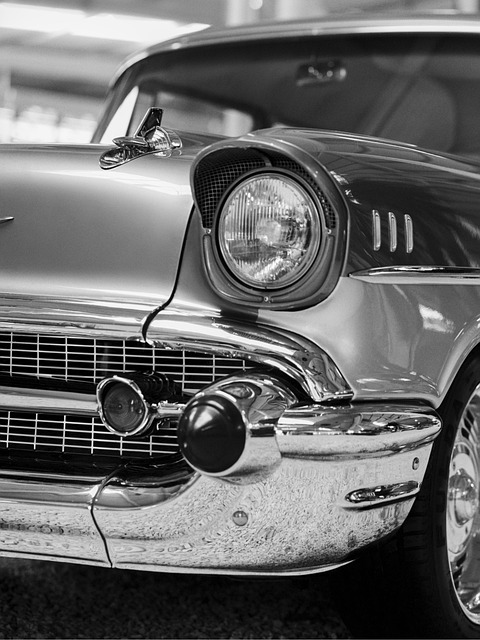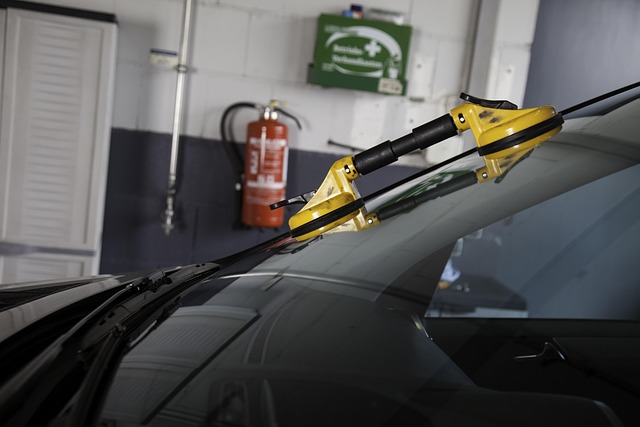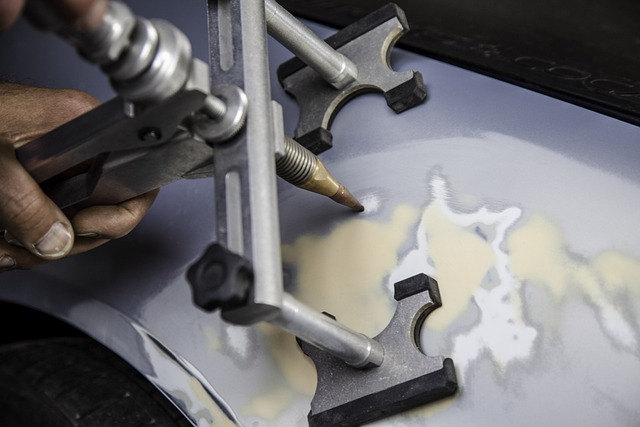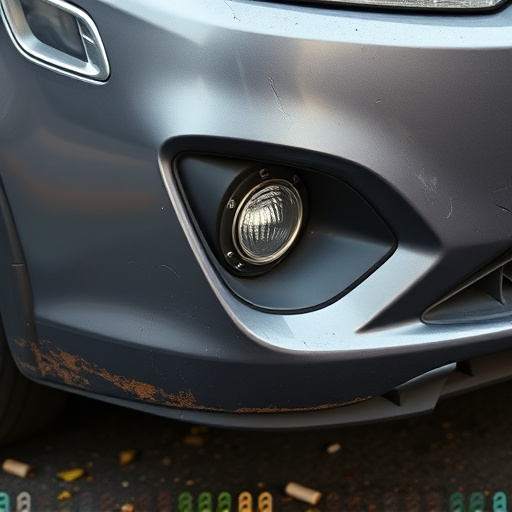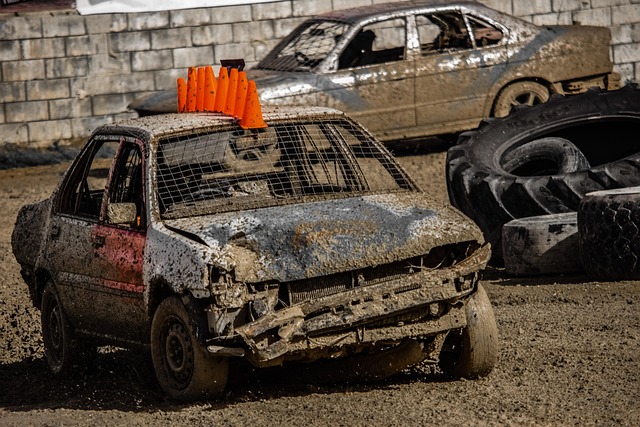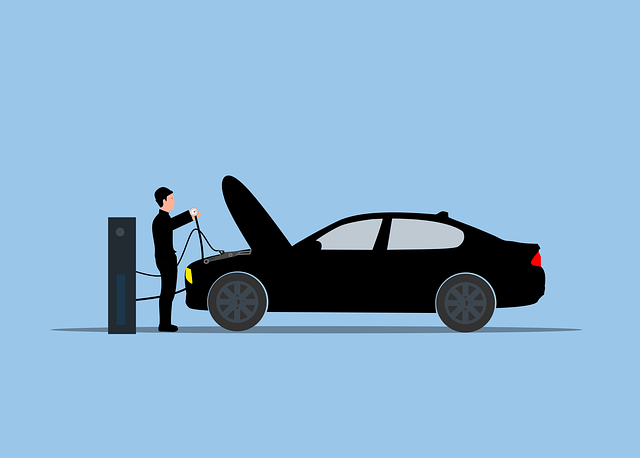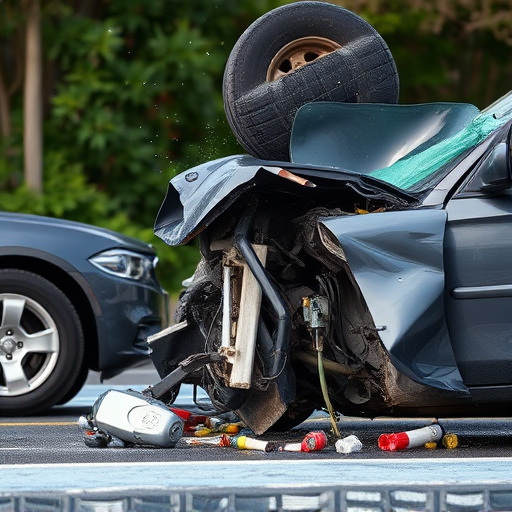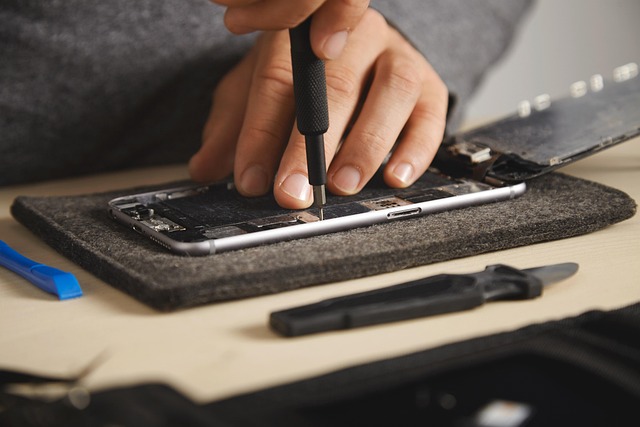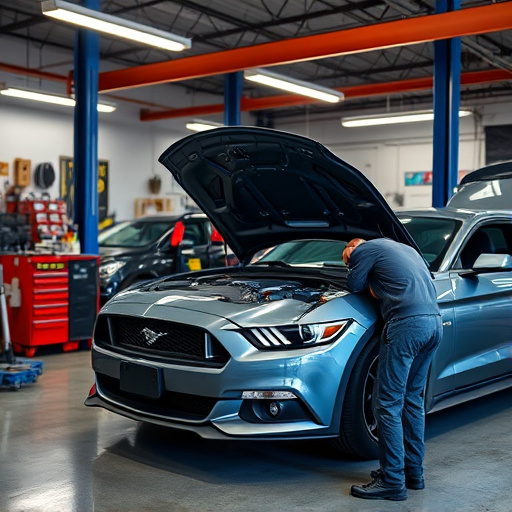Computerized diagnostics repair, leveraging advanced computer systems, has transformed vehicle maintenance by swiftly identifying and addressing issues within a car's electronic network. This modern approach offers real-time data access, enabling quick troubleshooting and reduced repair times compared to traditional manual methods. Innovative tools like OBD-II scanners and software applications facilitate efficient navigation and troubleshooting, while technologies like 3D imaging enhance collision repairs. The process involves powering off the vehicle, locating the diagnostic port, connecting a computer with specialized software, running tests on various systems, analyzing results for error codes, and identifying parts needing repair or replacement, including car scratch repair for aesthetic restoration.
Looking to dive into the world of computerized diagnostics repair? This comprehensive beginner’s guide is your perfect starting point. Discover the fundamentals, explore essential tools and technologies, and master step-by-step procedures for effective repairs. Whether you’re a tech enthusiast or aspiring professional, this article equips you with the knowledge needed to navigate the intricate landscape of computer diagnostics like a pro.
- Understanding Computerized Diagnostics Repair: The Basics
- Tools and Technologies for Effective Repairs
- Step-by-Step Guide to Performing a Computerized Diagnostic Repair
Understanding Computerized Diagnostics Repair: The Basics
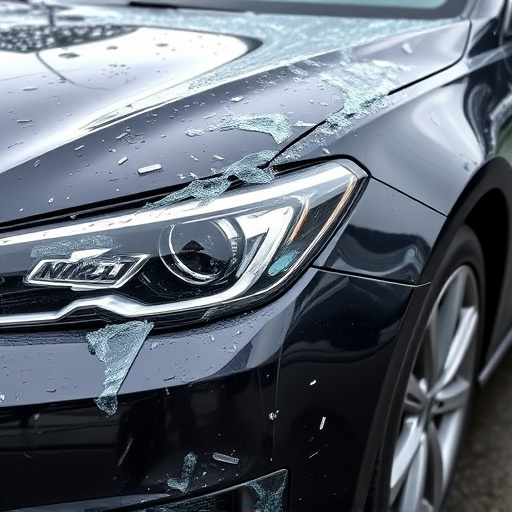
Computerized diagnostics repair is a modern approach to vehicle maintenance that has transformed the automotive industry. Unlike traditional methods relying on manual inspections and guesswork, this process utilizes sophisticated computer systems to identify and diagnose issues within a vehicle’s complex network of sensors, electronics, and software. By interfacing with these systems, technicians can access real-time data, pinpoint problem areas, and provide targeted solutions.
This innovative technique plays a pivotal role in car repair services, enhancing precision and efficiency. It extends beyond engine and transmission repairs to encompass diverse vehicle repair needs, including electrical issues, computer modules, and even auto body painting. The benefits are numerous: faster troubleshooting, reduced repair times, and improved long-term performance. Understanding computerized diagnostics repair is thus a crucial step for anyone looking to navigate modern automotive care, ensuring that both professional mechanics and DIY enthusiasts can keep their vehicles in top shape.
Tools and Technologies for Effective Repairs
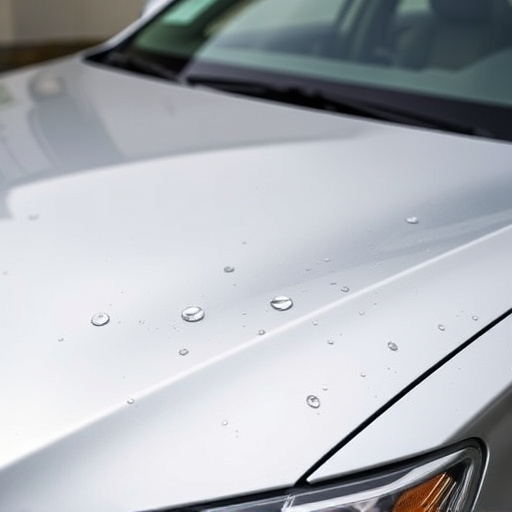
In the realm of computerized diagnostics repair, a plethora of tools and technologies have emerged to streamline and enhance the process. For beginners embarking on this journey, understanding and mastering these instruments is paramount. Modern diagnostic equipment, such as OBD-II scanners and advanced software applications, allow technicians to navigate through a vehicle’s complex systems with ease. These tools can interpret data from sensors, identify issues, and provide insights into various components, including the engine, transmission, and even the car body repair processes.
The digital age has brought about significant advancements in vehicle collision repair, making it more precise and efficient. Technologies like 3D imaging and laser scanning are now integral to assessing damage, especially in bumper repair scenarios. These innovative approaches ensure that every detail is captured accurately, enabling repairs that match the original specifications. With access to specialized software, technicians can simulate various fixes, predict outcomes, and make informed decisions, ultimately revolutionizing the way computerized diagnostics repair services are delivered.
Step-by-Step Guide to Performing a Computerized Diagnostic Repair
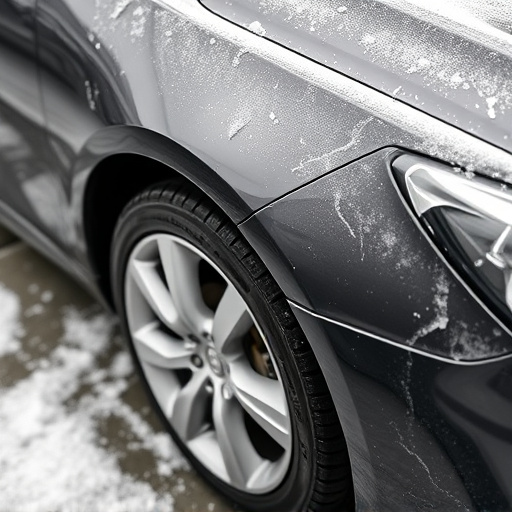
Performing a computerized diagnostics repair involves several key steps that any beginner should master for effective auto body work and car scratch repair. Begin by powering off the vehicle and disconnecting all electrical components to ensure safety during the process. Next, locate the diagnostic port, usually hidden under a panel or near the steering wheel, and use specialized software to connect your computer to it. Once connected, launch the diagnostics tool that corresponds with the vehicle’s make and model.
The software will guide you through a series of tests, checking various systems including engine, transmission, brakes, and lighting. Each test is designed to identify potential issues or damage. After completing the initial scans, analyze the results for error codes and anomalies. Identify specific components that may require repair or replacement based on these findings. For instance, if the diagnostics indicate a problem with the paint job or body panel, proceed with car scratch repair techniques suitable for both structural integrity and aesthetic restoration.
Computerized diagnostics repair is an essential skill for anyone looking to maintain or restore modern vehicles. By understanding the basics, investing in the right tools and technologies, and following a structured guide, beginners can confidently navigate this complex field. With practice, they’ll be able to diagnose and fix issues efficiently, saving both time and money. Remember, every journey starts with a single step, so why not begin yours today?
